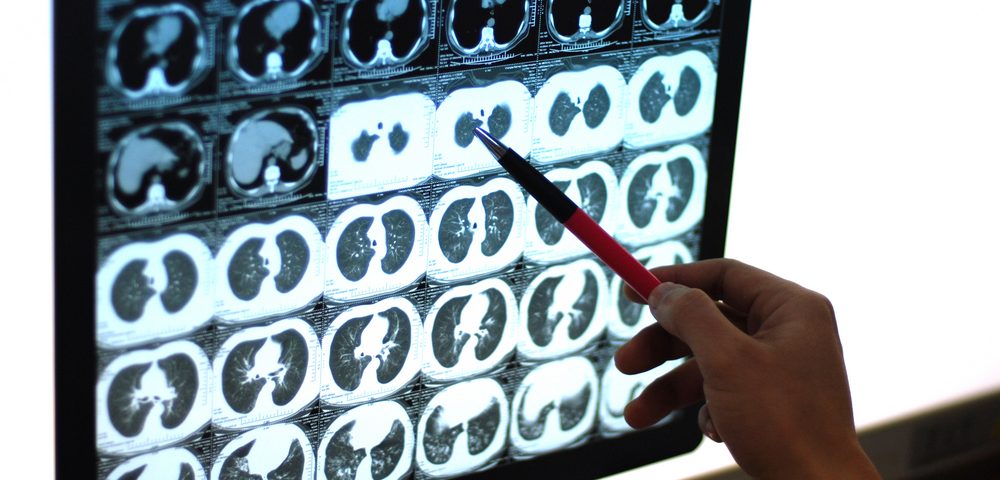Traction bronchiectasis and honeycombing — tissue features that are obvious on a high-resolution computed tomography (HRCT) scan of the chest — might be aspects of a continuous process of lung remodeling in patients with idiopathic pulmonary fibrosis, rather than separate disease entities, as previously believed.
The findings were reported in the study “From ‘traction bronchiectasis’ to honeycombing in idiopathic pulmonary fibrosis: A spectrum of bronchiolar remodeling also in radiology?“, published in the journal BMC Pulmonary Medicine.
Scanning the lungs of a patient with idiopathic pulmonary fibrosis through HRCT, physicians see three types of changes characteristic of the disease — netlike patterns called reticulation, dilated bronchi within regions of fibrosis called traction bronchiectasis, and honeycombing, referring to the fibrotic changes of lung tissue.
Exploring scans of patients with usual interstitial pneumonia, the common name for idiopathic pulmonary fibrosis, researchers at the Hospital GB Morgagni in Italy noted that traction bronchiectasis and honeycombing appear in places exposed to high levels of mechanical stress and lung remodeling. Also, most of the fibrotic tissue was situated far from the dilated bronchi, in contrast to what is seen in other fibrotic conditions, such as nonspecific interstitial pneumonia.
Researchers also saw that as lung fibrosis progresses, the dilatation of bronchi becomes more severe — first at the outer edges of the lungs then, only later, continuing toward the core of the lungs. In HRCT scans this shows up as an area of bronchiectasis that frames the shape of the lung and overlaps with areas of honeycombing.
Based on these observations, the research team believes that traction bronchiectasis in these patients results from an increase in the numbers of bronchioli — the last tiny branches of bronchi — rather than from the mechanical forces of traction of a single airway by fibrotic tissue.
The researchers argue that if mechanical forces were causing the bronchiectasis, the pattern observed in the tissue would look different, with a few centrally enlarged bronchi later spreading to the periphery of the lung.
They suggested that the lung remodeling process in idiopathic pulmonary fibrosis appears to be continuous, moving from traction bronchiectasis to honeycombing. Separating the two processes, the team argued, might be misleading.

